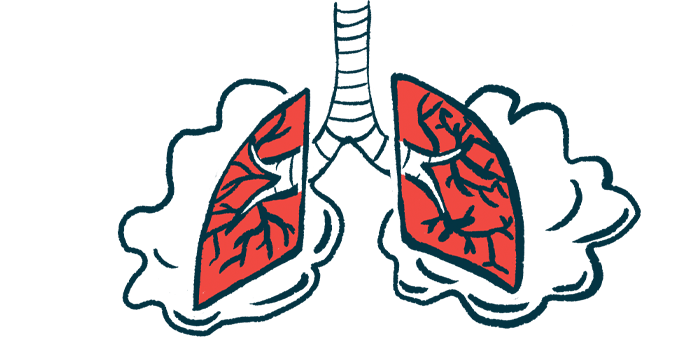Pulmonary rehabilitation reduces exacerbations, risk of death
Despite gains, low number of people with COPD enrolled in the therapy

Pulmonary (lung) rehabilitation nearly halves the odds of people with chronic obstructive pulmonary disease (COPD) experiencing an exacerbation, and it also cuts the risk of dying by about one-third, a study in Korea found.
The study, “Pulmonary Rehabilitation Is Associated With Decreased Exacerbation and Mortality in Patients With COPD: A Nationwide Korean Study,” was published in the journal Chest.
COPD is a lung condition where the airways become narrowed and inflamed, making it hard to breathe. Its symptoms include shortness of breath and persistent coughing and wheezing, which often worsen over time.
Pulmonary rehabilitation is a supervised exercise and education program that teaches people with COPD how to breathe better. It’s been shown to ease shortness of breath as well as to improve fitness and quality of life.
“Despite the well-established benefits of PR [pulmonary rehabilitation], its implementation rate remains suboptimal,” researchers wrote, leading them to question whether such a program may be linked to higher medical costs.
To answer their question, they drew on data from 442,858 people with COPD registered from 2015 to 2019 with South Korea’s Health Insurance Review and Assessment (HIRA), a database of reimbursement claims from all medical centers in the country.
During this time window, 6,360 (1.43%) patients were prescribed pulmonary rehabilitation. Patients undergoing pulmonary rehabilitation were significantly more likely to be male (79.9% vs. 68%) and covered by national health insurance (86% vs. 85.2%) than those who were not prescribed this type of treatment.
On average, they had experienced more frequent moderate to severe (0.73 vs. 0.32) and severe (0.56 vs. 0.14) exacerbations in the previous year. An exacerbation referred to a worsening of symptoms requiring treatment with antibiotics or corticosteroids.
Slow increase in pulmonary rehabilitation
There was a gradual increase in the use of pulmonary rehabilitation from 0.03% in 2016 to 1.4% in 2019, which may reflect the fact that this type of treatment has been covered by national health insurance since 2016, the researchers noted.
Medical costs were up to six times higher among patients undergoing pulmonary rehabilitation, yet they declined on average by nearly 40% between 2016 and 2019 (from $18,568.73 to $11,471.65).
The proportion of patients experiencing moderate to severe exacerbations decreased from 27.7% to 8.5% after pulmonary rehabilitation. The treatment also led to a reduction in severe exacerbations from 25.7% to 7.8%.
This means that patients undergoing pulmonary rehabilitation were up to 45% less likely to experience a severe exacerbation. Moreover, the time to a first exacerbation was significantly longer for those undergoing pulmonary rehabilitation.
Fewer patients died among those undergoing pulmonary rehabilitation (9.9% vs. 10.9%), with the treatment linked to about 33% lower risk of mortality. Other factors linked to a lower risk included being a woman, younger than 60, and being covered by national health insurance.
“The implementation of PR leads to improved outcomes including reduced exacerbation and mortality rates in patients with COPD,” the researchers wrote. “Despite the increasing PR implementation rate, it is still suboptimal, which highlights the need for comprehensive efforts from all components of the health care system, including the patients themselves,” they concluded.






